Dust Mite Allergies 101: Everything You Need to Know
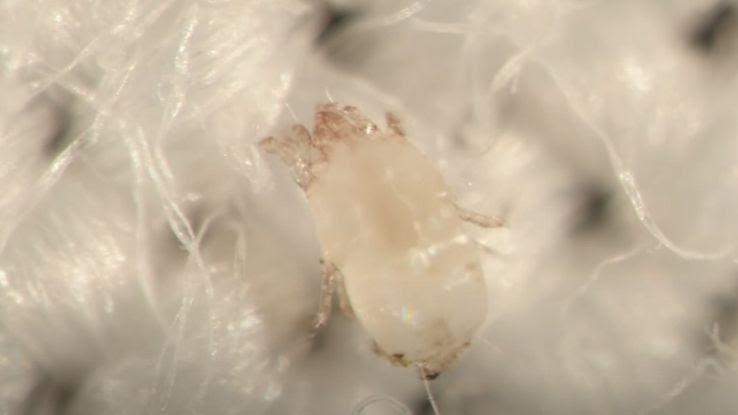
Dust mites are a very common trigger for allergy symptoms year round. Found in homes all over the world, dust mites are estimated to be a source of allergies for nearly 20 million people in the United States. Read on to find out ways to reduce exposure and manage the common symptoms of a dust mite allergy.
What Is a Dust Mite?
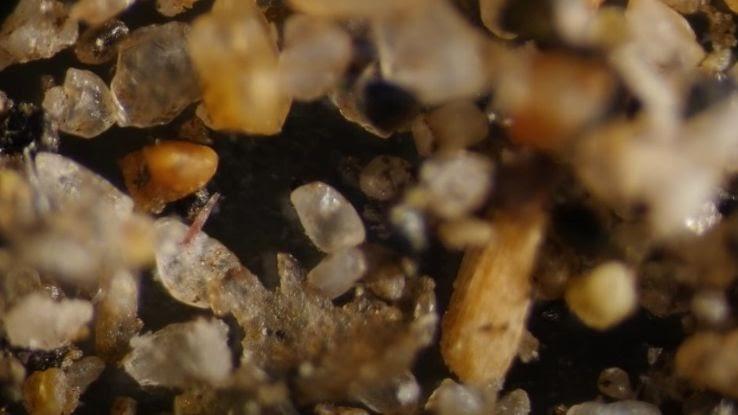
Related to ticks and spiders, dust mites are microscopic creatures. They flourish in warm, humid settings and are commonly found in homes across the world. Having dust mites in your home does not indicate that your home is dirty. In fact, dust mites feed on human skin cells that have been shed and stay hydrated by absorbing water from humid air. Thus, ideal environments for dust mites are deep in fibrous layers of common household items, such as:
- Bedding and pillows
- Upholstered furniture
- Carpeting, rugs
- Curtains, drapes
Causes of Dust Mite Allergies
The dust in our homes is made up of several components, including skin cells, pet dander, tiny fibers, bacteria, food particles, and dust mite body parts and feces. A dust mite allergy does not refer to an allergy to dust alone. Instead, it indicates an allergic reaction to dust mite particles and waste; it is the dust mite debris that causes the allergy to develop. While a dust mite is extremely small — so small that it can only be viewed under a microscope — it can produce nearly 200 times its own weight in fecal matter during its 30-day lifespan.
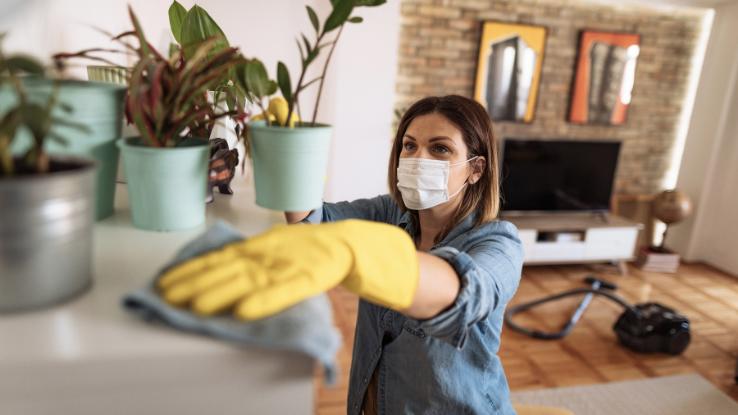
The proteins contained in their bodies and waste act as allergens for some humans. Allergies occur when your body views a particular substance or “allergen” as a threat and reacts by mounting an inflammatory immune response in the nasal passages or lungs. Repeated or constant exposure to the same allergen can also cause asthma.
When dust gets trapped in bedding and furniture, it is common for homes, especially bedrooms, to host dust mites. While dust usually settles, activities such as walking, cleaning, and vacuuming can disturb it. When the dust is disturbed, the allergens are released into the air and can easily be inhaled, causing an allergic reaction.
Symptoms Associated With Dust Mite Allergies
Symptoms of a dust mite allergy are most common at night and upon waking in the mornings and may include:
- Runny nose or congestion
- Itchy, watery, or red eyes
- Sneezing
- Coughing
- Post nasal drip (or dry or sore throat related to flow of mucus)
- Facial pain or pressure in sinuses
- Itchy nose and throat
- Difficulty sleeping
- Swollen eyes
- Puffy, bluish skin under the eyes
- Rubbing of the nose, typically in children

If a dust mite allergy persists and triggers asthma, a person may also experience:
- Tightness or pain in the chest
- Trouble breathing
- Wheezing (or a whistling sound when exhaling)
- Shortness of breath or coughing that interferes with sleep
Risk Factors Associated with Dust Mite Allergies
The probability of developing a dust mite allergy may be raised by the following risk factors:
- Family History: You are more likely to have a sensitivity to dust mite allergens if others in your family have this allergy.
- Early Life Exposure: Elevated levels of dust mites early in life may increase your chances of developing a dust mite allergy.
- Age: Young adults and children are more likely to develop an allergy to dust mites.
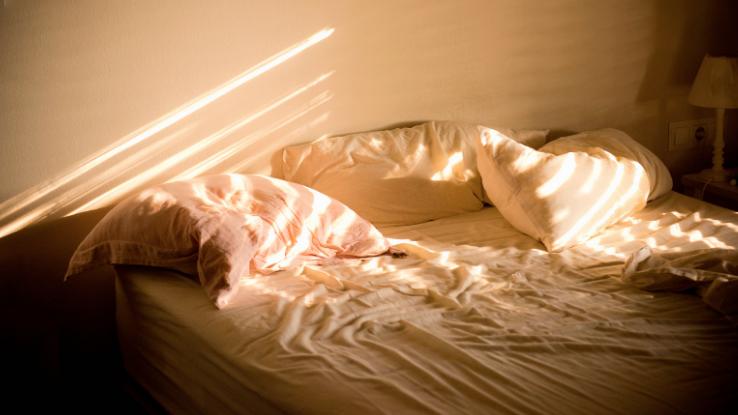
Treatments for Dust Mite Allergies
Diagnostic Tests
If you believe yourself or your child to be suffering from dust mite allergies, speak with a medical provider or allergy specialist (allergist) to evaluate the situation. An allergist can determine the cause of the reaction and come up with a plan to manage allergy symptoms. On an initial visit, the allergist will likely ask many questions to determine when your allergies seem to flare up.
In addition to a physical exam and a review of your medical history, your allergist will likely offer a diagnostic procedure:
Skin Prick Test: an allergy skin test can be performed to determine exactly what you are allergic to. During this test, the allergist will take purified allergen proteins and insert them into your skin’s surface using a small needle, usually on the forearm. After the droplets are left on for 15 minutes, the allergist will observe the skin for any allergic reactions. If you are allergic to any of the substances, your skin will likely be red, swollen or itchy in that area.
Blood Test (IgE): in cases where skin allergy tests cannot be performed due to certain skin problems, medical conditions, or patient preference, a blood test can be performed. With this blood test the allergist will be able to determine how allergic or sensitive you are to a particular allergen. This is done in a laboratory by introducing an allergen to the blood sample and checking for the presence of antibodies in response.
Treatment Options
There are many medical treatments for dust mite allergies and other nasal allergies, including:
Antihistamines: Taking antihistamines can help to relieve symptoms of an allergic reaction such as sneezing, itchy eyes and runny nose. They come in pill or liquid form and many varieties are available over-the-counter or by prescription.
Corticosteroids: Corticosteroids found in many nasal sprays can work to reduce nasal swelling, or inflammation.
Decongestants: Decongestants can help to reduce the swelling of nasal tissue, making it easier to breathe through your nose during allergy flare-ups. Many decongestant varieties are available at your local drugstore in pill or spray form.
Cromolyn Sodium: This over-the-counter nasal spray can prevent the body’s immune system from releasing chemicals responsible for allergic reactions.
Leukotriene Modifiers: These prescription pills can block the release of immune system chemicals involved with allergy response.
Immunotherapy: Immunotherapy or “allergy shots” can be helpful in eliminating symptoms over time. Through a frequent and specific regimen, the goal of these shots is to train your immune system to not view the allergen as a threat and therefore not react. Your allergist will gradually expose you to the allergen, in this case dust mite protein.
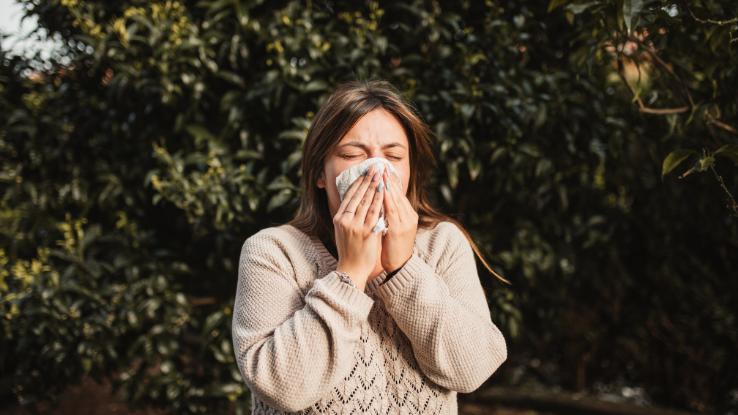
Home Remedies
There are also several home remedies that may help to control allergy symptoms. Many of them are simple and effective. Home remedies include:
Saline Spray: Using salt water to rinse your nasal passages will help decrease congestion, postnasal drip and sneezing.
Showering: Rinsing off your hair and body, especially before bedtime, can rid you of accumulated allergens after daily exposure.
Steam: Breathing in steam from a cup of tea or hot shower can help to reduce swelling of the sinuses.
Dehumidifier: Using a dehumidifier can help to control allergens like pollen, mold and dust.
Reducing Dust Allergen Exposure
The first defense against dust mite allergies is making modifications to your home. While it is not often possible to rid your home completely of dust mites, certain steps may prove helpful, including:
- Washing all bedding weekly in hot water
- Keeping the home cool and dry with fresh air flow
- Enclosing the mattresses and pillows in allergen-proof covers
- Removing carpeting from bedrooms
- Never sleeping on upholstered furniture
- Using air purifiers
- Using certified HEPA filters in your home vacuum
- Clearing clutter
- Limiting stuffed toys
- Removing humidifiers or plants from bedrooms
Dust mite allergies are very common and can be treated by both home modifications and medication. If you suspect you or a family member has a dust mite allergy, consult with a medical provider for proper diagnosis and management.
Resource Links:
- “Dust Mite Allergy” via Asthma and Allergy Foundation of America
- “Dust Mites: Symptoms and Causes” via Mayo Clinic
- “Dust Mite Allergies: Overview” via National Institutes of Health
- “House Dust and Its Adverse Health Effects” via National Library of Medicine
- “Dust Mites” via Alliance of Nurses for Healthy Environments





